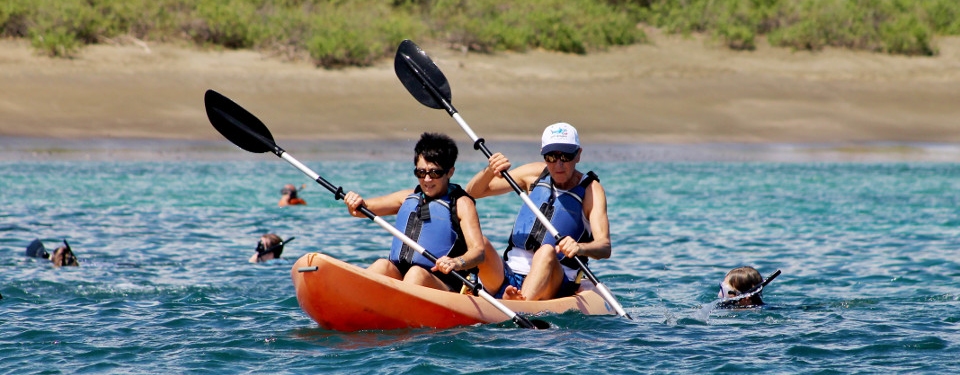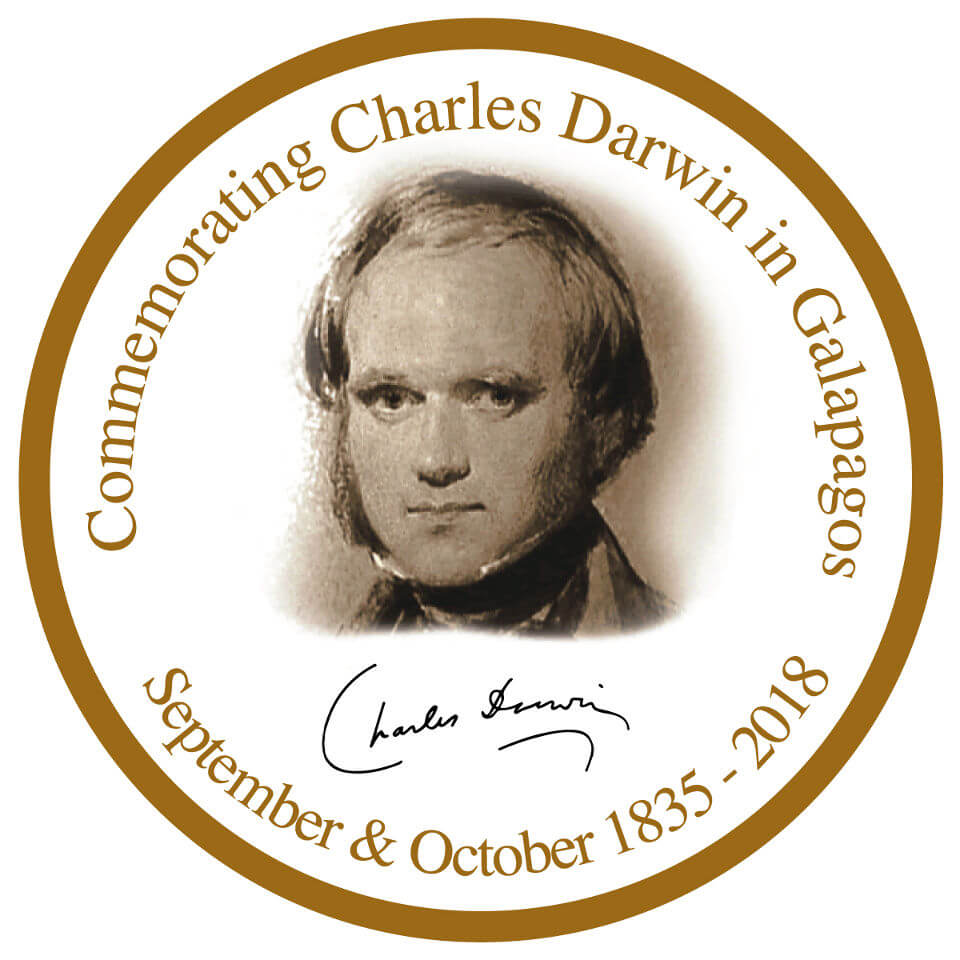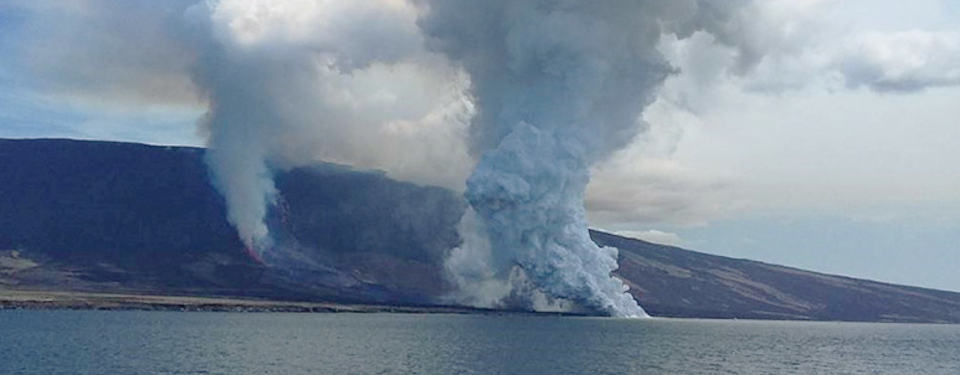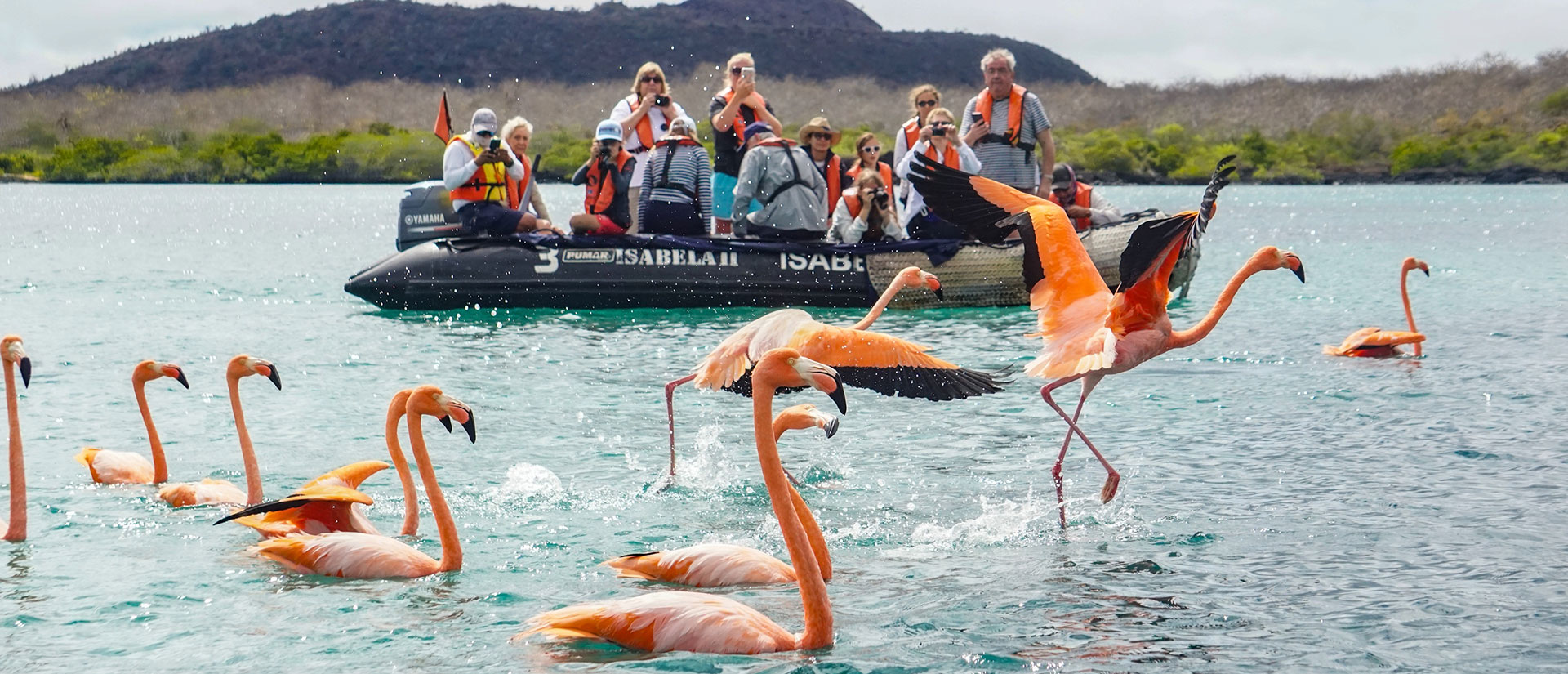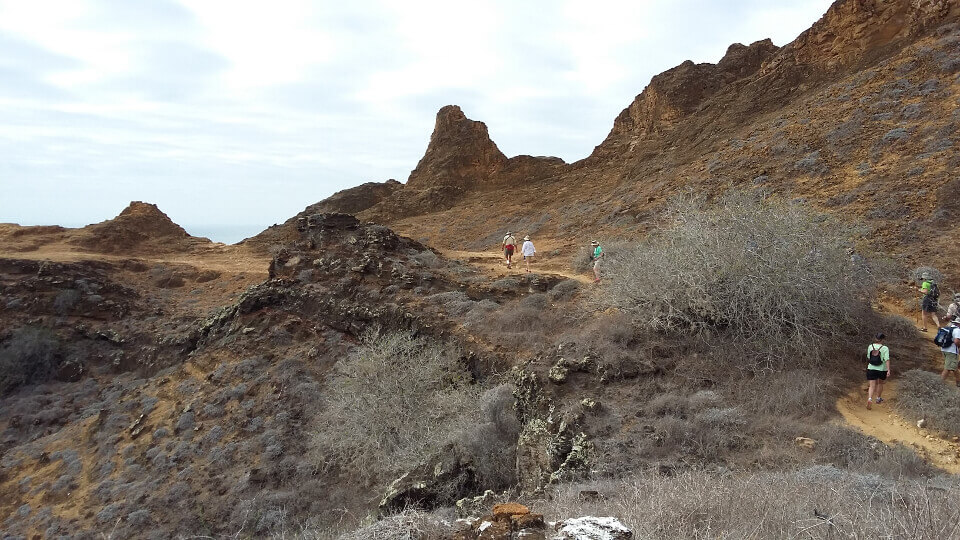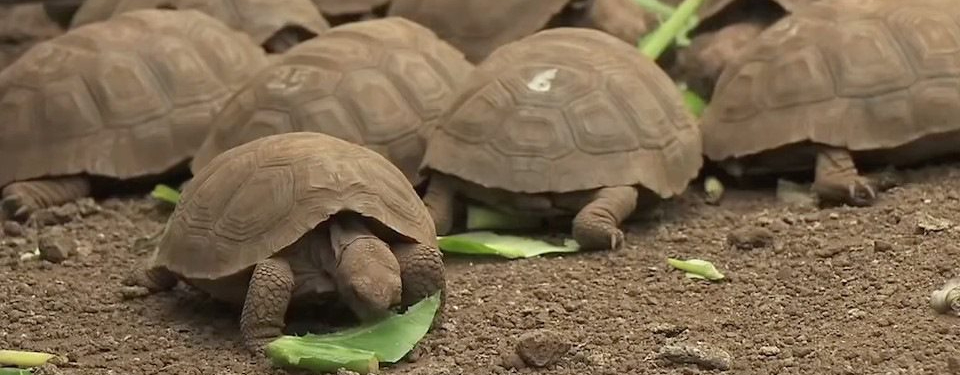
Even the most incredible things can have absurdly modest beginnings. That is particularly true about the enormous tortoise eggs seen in the Galapagos. Some of the largest reptiles on Earth are the giant tortoises found in the Galapagos Islands; Charles Darwin once rode one when he first visited the archipelago! And yet, they start as little as eggs that are about the size of a tennis ball—a size difference that is frequently astounding. We have decided to include the Galapagos giant tortoise in our BIG15 group of iconic animals in the Galapagos for all of these reasons and many more! Not to mention that the recent hatching of Galapagos giant tortoises on Pinzon Island is already making headlines—it’s the first in 100 years! We welcome you to read this blog to discover the behaviors that go into developing and hatching giant tortoise eggs.
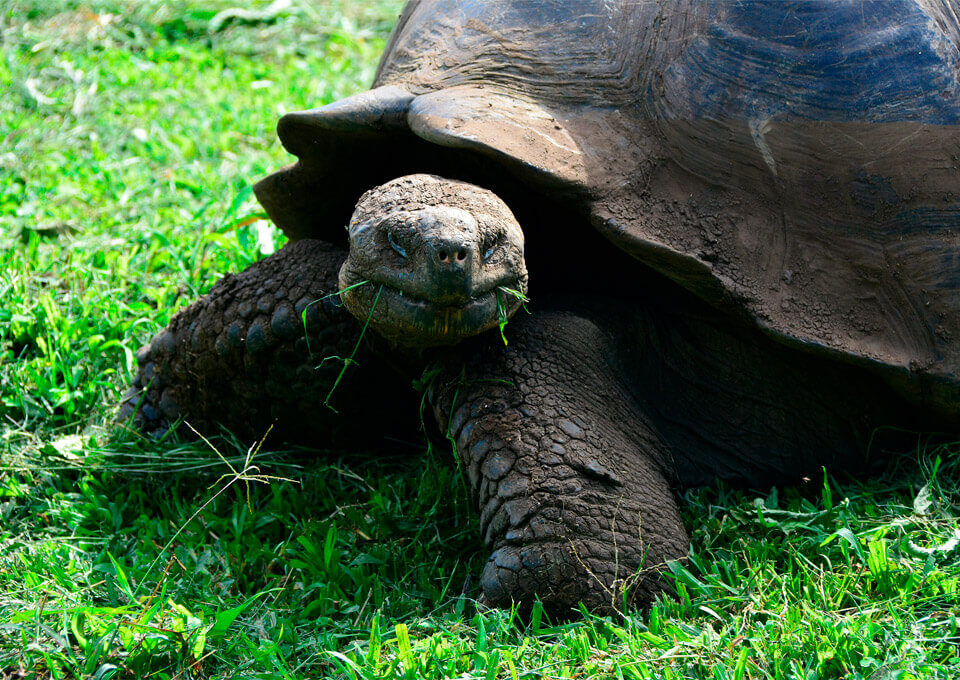
The Giant Tortoise Is One Of Galapagos Iconic Species
DURING WHAT MONTHS DO GIANT TORTOISES BREED?
Giant tortoise eggs from the Galapagos are usually fertilized between June and December. After fertilization, female huge tortoise eggs will soon descend to the Galapagos lowlands, generally as the island’s tropical heat begins. Considering the size of these enormous tortoises and the length of time it takes to migrate, this amazing Galapagos migration is rather remarkable.
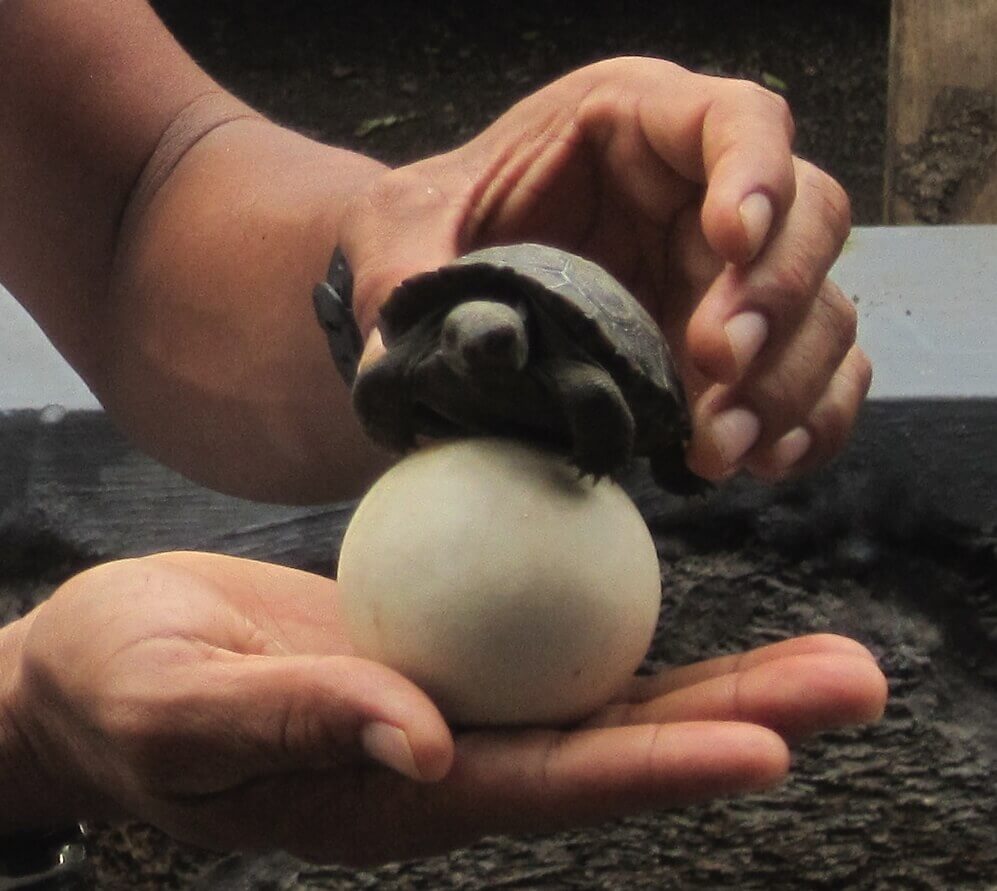
Most Giant Tortoise Eggs Start Hatching Around April.
The female giant tortoise will search the area for a place to lay her eggs as soon as she reaches the lowlands. The giant tortoise will lay its eggs when it finds a patch of land that appears to be sufficiently safe, but not before the female uses her powerful rear legs to dig a hole that is big enough (30 cm/1 foot deep) to keep and incubate her eggs for the more significant part of a day, or perhaps even several days. The female giant tortoise uses her urine and legs to make mud after laying her eggs, which she uses to plug and seal the hole between two and sixteen eggs. The mother giant turtle will leave the area after closing the gap, perhaps never to see her young again.
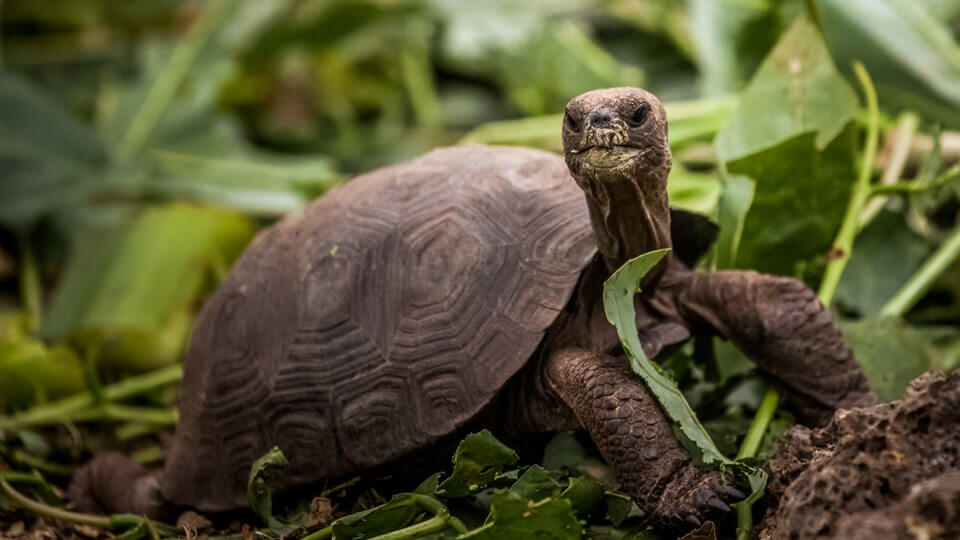
Galapagos Giant Tortoises Hatch Underground And Dig Up Their Way Out.
The young giant tortoises will develop inside their eggs for 4 to 8 months, and they will usually start to hatch around this time of year and continue through April. It will take them up to a month to dig themselves out of their hole and reach the Earth’s surface when they hatch underneath. Usually, the hatchling will weigh at most 80 g (2.8 oz) or be longer than 6 cm (2.4 inches). Later in adulthood, the Galapagos giant tortoise infant will weigh 225 kg/500 lb, representing a staggering thousandfold growth in weight and size for these tiny babies.
The weather has a significant impact on the sex of the newborns; warmer temperatures encourage the emergence of more females, whereas colder temperatures encourage the emergence of more males. It will take us humans fifteen years after a giant tortoise’s birth to indeed be able to tell its sex.
Want to experience the wonder of witnessing these small yet soon-to-be-enormous creatures up close? The best venues to see the many hatchlings that each location periodically hosts are the Charles Darwin Research Centre on Santa Cruz Island and the Cerro Colorado Tortoise Breeding Center on San Cristobal Island. Along with many other places, Yacht Isabela II visits both of these locations! Thus, why do you delay?
To experience the magic and amazement of seeing these enormous creatures wander around in their most diminutive form before visiting the mature adults, get in touch with us and reserve your Galapagos adventure today!
